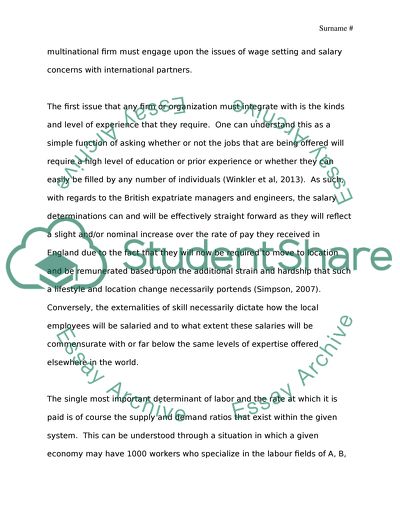Cite this document
(Strategic Human Resource Management Literature review - 1, n.d.)
Strategic Human Resource Management Literature review - 1. Retrieved from https://studentshare.org/human-resources/1471296-international-human-resource-management
Strategic Human Resource Management Literature review - 1. Retrieved from https://studentshare.org/human-resources/1471296-international-human-resource-management
(Strategic Human Resource Management Literature Review - 1)
Strategic Human Resource Management Literature Review - 1. https://studentshare.org/human-resources/1471296-international-human-resource-management.
Strategic Human Resource Management Literature Review - 1. https://studentshare.org/human-resources/1471296-international-human-resource-management.
“Strategic Human Resource Management Literature Review - 1”, n.d. https://studentshare.org/human-resources/1471296-international-human-resource-management.


